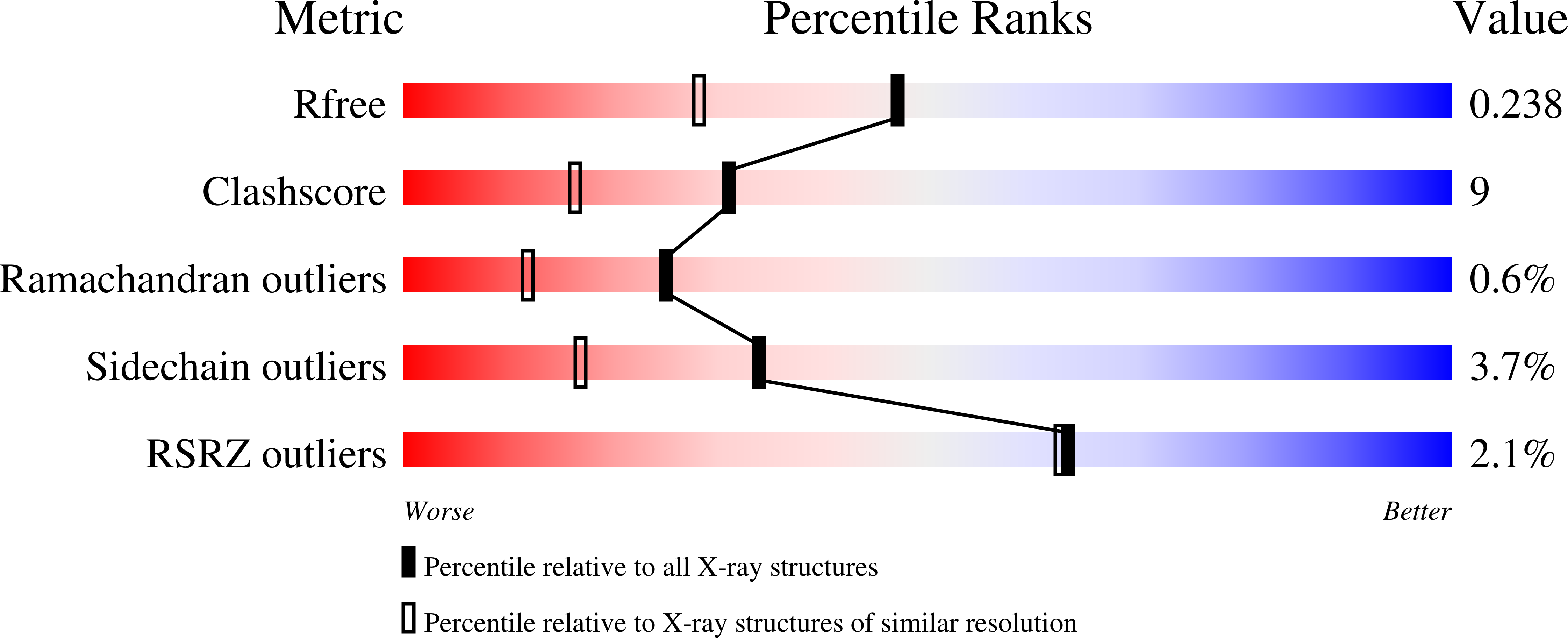
Deposition Date
2011-09-01
Release Date
2012-09-26
Last Version Date
2024-11-20
Entry Detail
PDB ID:
3TNM
Keywords:
Title:
Crystal structure of A32 Fab, an ADCC mediating anti-HIV-1 antibody
Biological Source:
Source Organism:
Homo sapiens (Taxon ID: 9606)
Host Organism:
Method Details:
Experimental Method:
Resolution:
1.85 Å
R-Value Free:
0.23
R-Value Work:
0.18
R-Value Observed:
0.18
Space Group:
P 1


